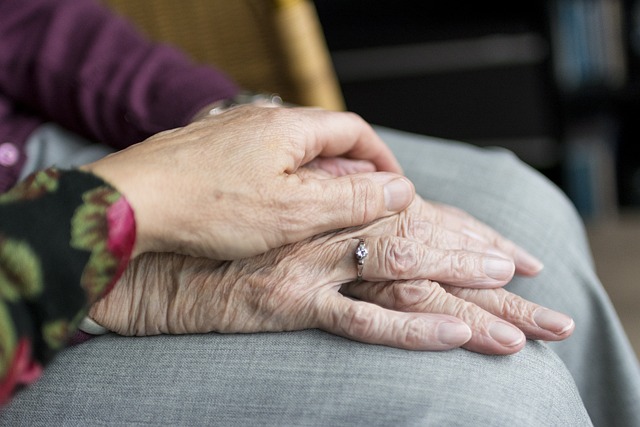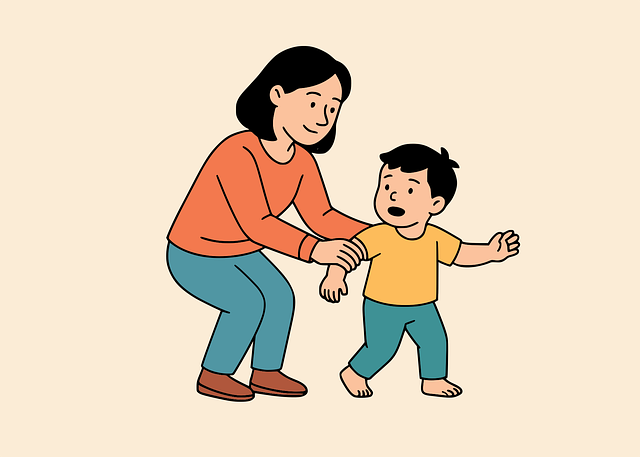Oregon's child welfare system thrives through collaborative efforts between agencies, non-profits, and community organizations. Advocacy initiatives prioritize holistic care, focusing on prevention, intervention, and long-term support for at-risk children and families. Strategic partnerships drive evidence-based reforms, enhancing services like mental health support, education, and specialized court programs. Volunteer groups amplify voices within the system, addressing gaps with direct services and awareness campaigns. Oregon's success inspires other regions through effective advocacy campaigns securing increased funding and policy changes. Future plans aim to strengthen community collaboration for tailored strategies, ensuring positive outcomes for diverse youth.
In Oregon, child welfare advocacy plays a crucial role in ensuring the well-being and safety of its youngest residents. This article delves into the multifaceted landscape of Oregon’s child welfare system, exploring key advocacy initiatives driven by community organizations, governmental programs, and volunteer groups. We uncover successful campaigns and highlight strategies to overcome challenges, positioning Oregon as a leader in effective child welfare advocacy efforts. Discover how these activities support and strengthen Oregon’s commitment to its most vulnerable citizens.
- Understanding Oregon's Child Welfare System: A Foundation for Advocacy
- Key Advocacy Initiatives Led by Community Organizations in Oregon
- Governmental Programs and Strategies to Support Child Welfare Advocacy
- The Role of Volunteer Groups in Oregon's Child Welfare Advocacy
- Success Stories: Impact of Effective Child Welfare Advocacy Campaigns
- Overcoming Challenges: Future Directions for Oregon's Child Welfare Advocacy
Understanding Oregon's Child Welfare System: A Foundation for Advocacy

Oregon’s child welfare system is a complex web of services and policies designed to protect and support vulnerable children and families. At its core, this system includes various agencies, non-profits, and community organizations working collaboratively to provide essential resources such as foster care, adoption services, and mental health support. Understanding this intricate landscape is fundamental for any child welfare advocacy initiatives in Oregon. By grasping the unique challenges and strengths within the system, advocates can develop targeted strategies to drive positive change.
Advocacy plays a pivotal role in shaping Oregon’s child welfare practices. Through various advocacy efforts, support groups, and community engagement, individuals and organizations voice concerns, share experiences, and propose improvements. These initiatives ensure that the needs of children and families are at the forefront of policy discussions, fostering a culture of care and accountability. With dedicated Oregon advocacy groups leading the charge, there is an increasing focus on implementing evidence-based strategies and promoting systemic reforms to better serve the state’s youth.
Key Advocacy Initiatives Led by Community Organizations in Oregon

In Oregon, community organizations play a pivotal role in driving key child welfare advocacy initiatives. These groups focus on strengthening policies and programs that protect and support at-risk children and families. Their efforts encompass various aspects of child welfare, from prevention and intervention to long-term support and recovery. By mobilizing resources and raising awareness, these organizations advocate for evidence-based strategies that promote safe and stable homes, enhance mental health services, and provide comprehensive educational opportunities for children in need.
Oregon’s advocacy landscape is characterized by collaborative partnerships between non-profits, government agencies, and grassroots movements. These collective actions have led to significant improvements in child welfare practices, including the development of specialized court programs, increased access to legal aid for families, and the establishment of community-based support networks. Through continuous lobbying, public education, and direct service provision, these advocacy initiatives strive to ensure that every child in Oregon has the chance to thrive and reach their full potential.
Governmental Programs and Strategies to Support Child Welfare Advocacy

Oregon has implemented several governmental programs and strategies to support child welfare advocacy, recognizing the critical role of community involvement in ensuring the well-being of its youngest residents. The state prioritizes preventive measures, such as early intervention services, to address potential risks before they escalate. These initiatives include home visiting programs that provide families with resources and support to create safe and nurturing environments for their children. By fostering strong partnerships between government agencies, non-profits, and community organizations, Oregon aims to strengthen the system of care for vulnerable children.
Advocacy efforts in Oregon are further enhanced through data-driven decision-making processes, ensuring that strategies are evidence-based and tailored to meet the unique needs of different communities. The state’s commitment to child welfare is evident in its investment in training and education programs for professionals working with children and families. These efforts aim to improve outcomes by empowering advocates, social workers, and caregiving staff with the knowledge and skills necessary to navigate complex systems and provide comprehensive support to Oregon’s youth.
The Role of Volunteer Groups in Oregon's Child Welfare Advocacy

In Oregon, child welfare advocacy is a collaborative effort involving numerous volunteer groups dedicated to improving support systems for vulnerable children and families. These grassroots organizations play a pivotal role in amplifying the voices of children and adults within the child welfare system, ensuring their needs are heard and addressed effectively. Through various advocacy initiatives, they work tirelessly to influence policy changes, enhance service delivery, and promote innovative strategies that align with Oregon’s commitment to child welfare.
The volunteer groups contribute significantly by providing direct support, organizing awareness campaigns, and offering specialized services tailored to the unique challenges faced by children in foster care or at risk of removal. Their efforts bridge gaps in resources, foster community engagement, and empower individuals to become active participants in shaping Oregon’s child welfare landscape. These advocacy programs not only strengthen existing structures but also drive positive changes, reflecting a collective dedication to building a more robust and responsive system for Oregon’s most vulnerable population.
Success Stories: Impact of Effective Child Welfare Advocacy Campaigns

In Oregon, successful child welfare advocacy campaigns have led to significant improvements in the well-being and safety of children. These initiatives have resulted in increased funding for critical programs, leading to better access to resources such as mental health support, education assistance, and family stabilization services. Organizations like the Oregon Advocates for Children and Families have played a pivotal role in shaping effective child welfare strategies, ensuring that policies are in place to protect and nurture vulnerable children.
Advocacy efforts in Oregon have not only improved existing child welfare programs but also inspired innovative approaches. By amplifying the voices of affected communities and collaborating with government agencies, these advocacy groups have brought about policy changes that address systemic issues. As a result, Oregon’s child welfare system is better equipped to respond to the diverse needs of children and families across the state, setting a positive example for other regions looking to enhance their own child welfare advocacy support systems.
Overcoming Challenges: Future Directions for Oregon's Child Welfare Advocacy

Oregon’s child welfare system faces unique challenges in ensuring the safety and well-being of its young population. Overcoming these obstacles requires a strategic approach that combines robust advocacy initiatives with comprehensive support for vulnerable children and families. Future directions should focus on strengthening existing advocacy programs by enhancing collaboration between community organizations, government agencies, and concerned citizens.
By fostering a unified front, Oregon can develop effective child welfare strategies tailored to the diverse needs of its communities. This includes increasing access to legal aid, improving mental health services for at-risk youth, and promoting educational opportunities that empower children and young adults to thrive. Through these advocacy efforts, Oregon can build a more resilient and supportive environment, ultimately leading to positive outcomes for current and future generations.






